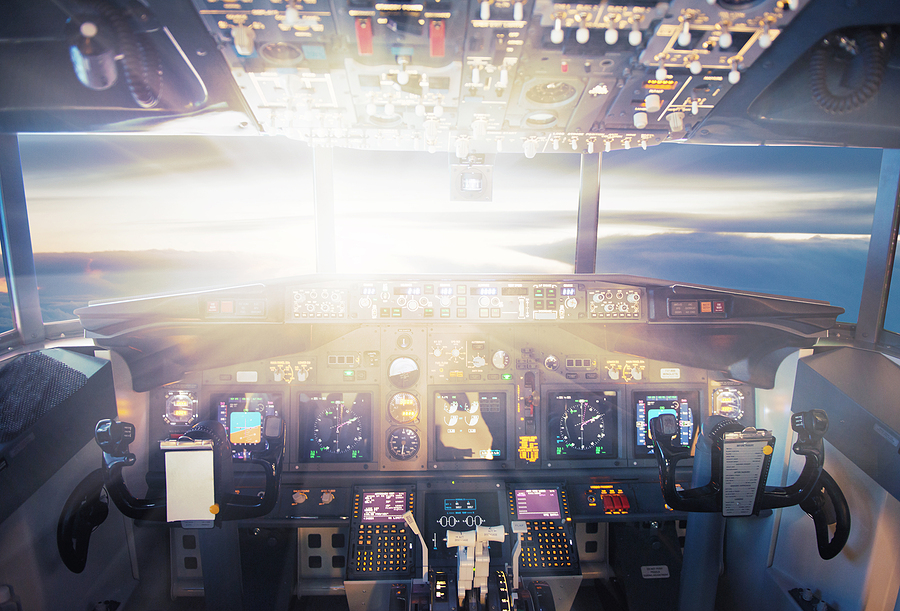Don’t overlook the obvious. Remember the potential for environmental heat injuries in the cockpit.
The idea of a pilot suffering heat exhaustion or heat stroke may seem far-fetched, but it is entirely possible. Operating in extreme environments such as North Africa or the Arabian Gulf in the middle of summer presents a clear danger of heat injuries. I have seen it happen several times.
It would get so hot during summer flying in those areas that I would put frozen bottles of water under my arms and down my pants and literally pour ice water on myself in the cockpit. I don’t know if it was because of my aggressive improvised cooling techniques or not, but I never suffered a heat injury. Sadly, I know a pilot that suffered multiple heat injuries which cost him his medical clearance.
Just because you are flying over North America doesn’t mean you are free from the risk of heat injury. We can get dangerously hot conditions here at home. Combine high temperatures with high humidity, a poorly functioning cockpit environmental control system, and some predisposing factors and you are living in the danger zone.
Here are the basics. Heat injuries are a continuum of symptoms all related to the same issue. Your core body temperature is too high, and your body is becoming dehydrated while trying to regulate your temperature [1]. Symptoms typically start with profuse sweating and muscle cramps and progress to nausea, vomiting, fatigue, weakness, loss of coordination, dizziness, confusion, and death [1]. In technical terms, this is the progression from heat cramps, to heat exhaustion, to heat stroke [1].
Avoiding heat injuries is easy if the threat is on your radar.
1. Avoid flying in extreme environments during the hottest parts of the day.
2. Drink water to stay hydrated. Avoid coffee, tea, sodas, alcohol, or energy drinks. Water and electrolytes are essential for the proper function of the human system.
3. Be careful with supplements and medications. For example, many fitness supplements contain creatine, which requires a lot of water and can predispose the body to dehydration and contribute to heat injury. Weight loss supplements often contain thermogenic ingredients which work by increasing the metabolic rate and thus body temperature.
This is by no means an all-inclusive list. Know what you are taking, and what it can do to you, and make smart risk decisions based on that knowledge. To quote my favorite 80’s cartoon, “Knowing is half the Battle”. Thanks, GI Joe.
If you experience any of these symptoms preflight, don’t fly. If they start to happen in flight, take action: hydrate, pass the controls if you can, land, cool off, and seek medical attention as needed.
Reference:
1. CDC. Extreme Heat. Centers for Disease Control and Prevention. https://www.cdc.gov/disasters/extremeheat/index.html. Published September 25, 2020. Accessed June 22, 2021.





